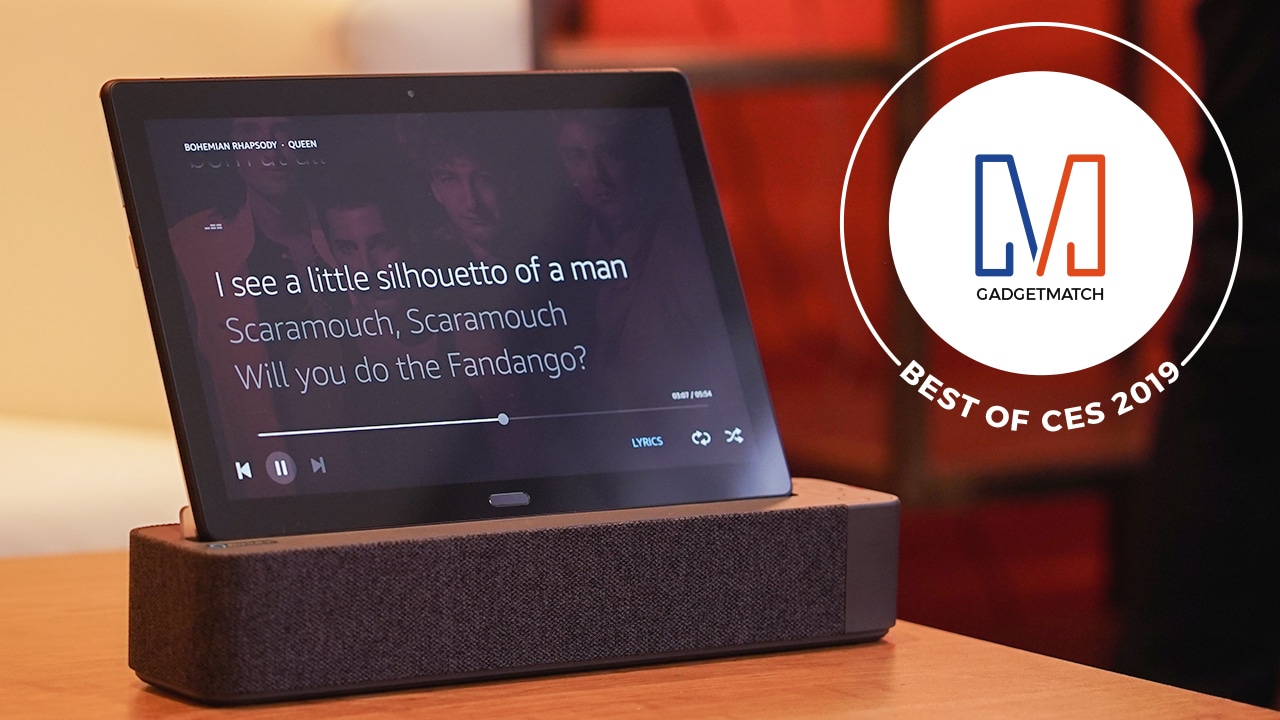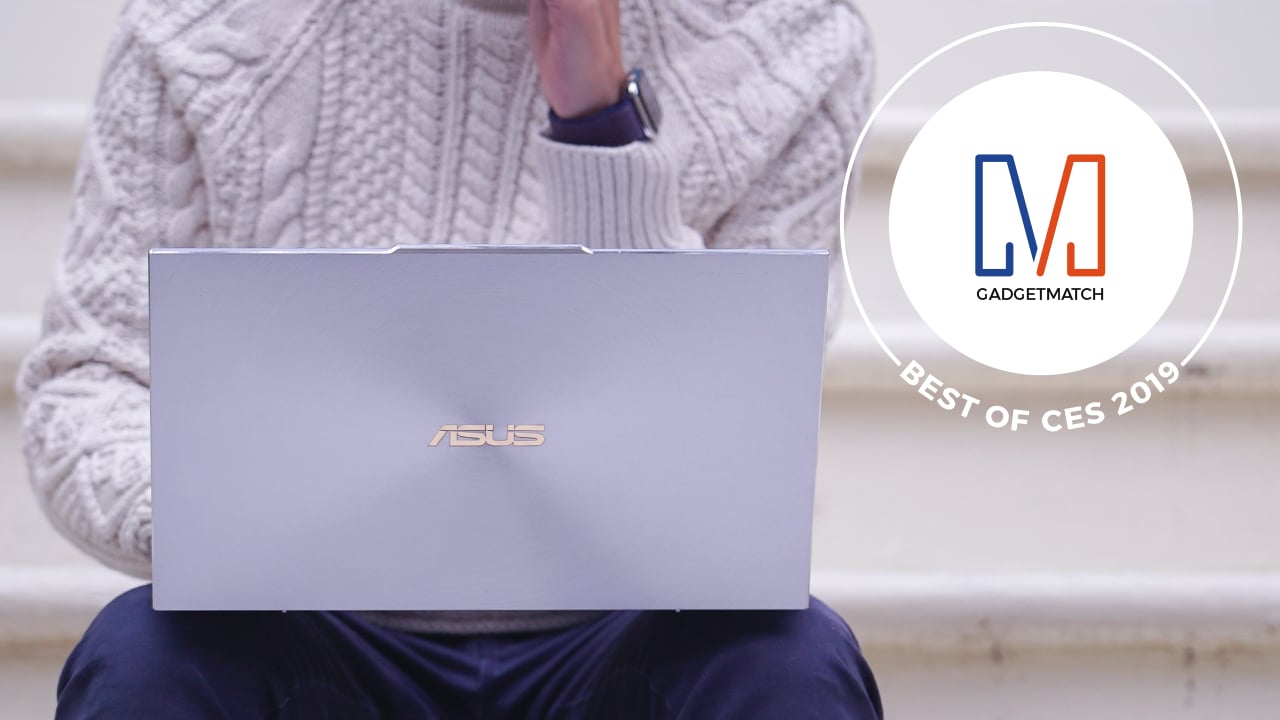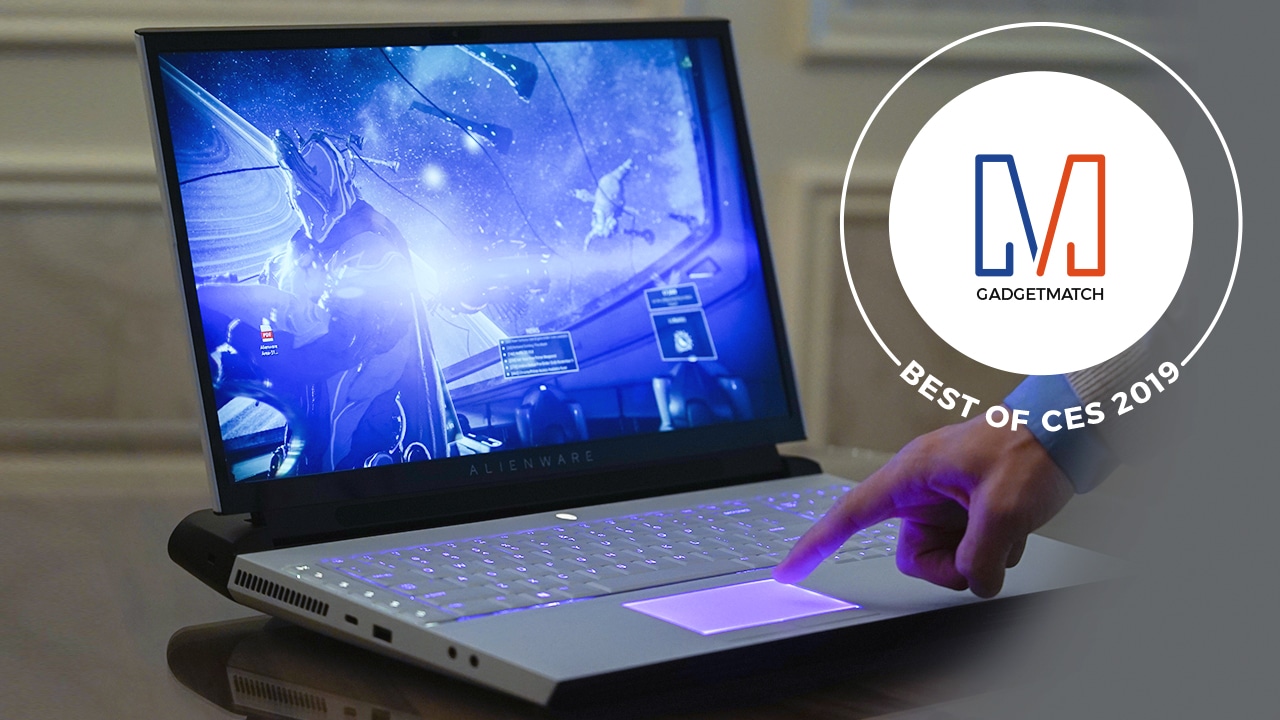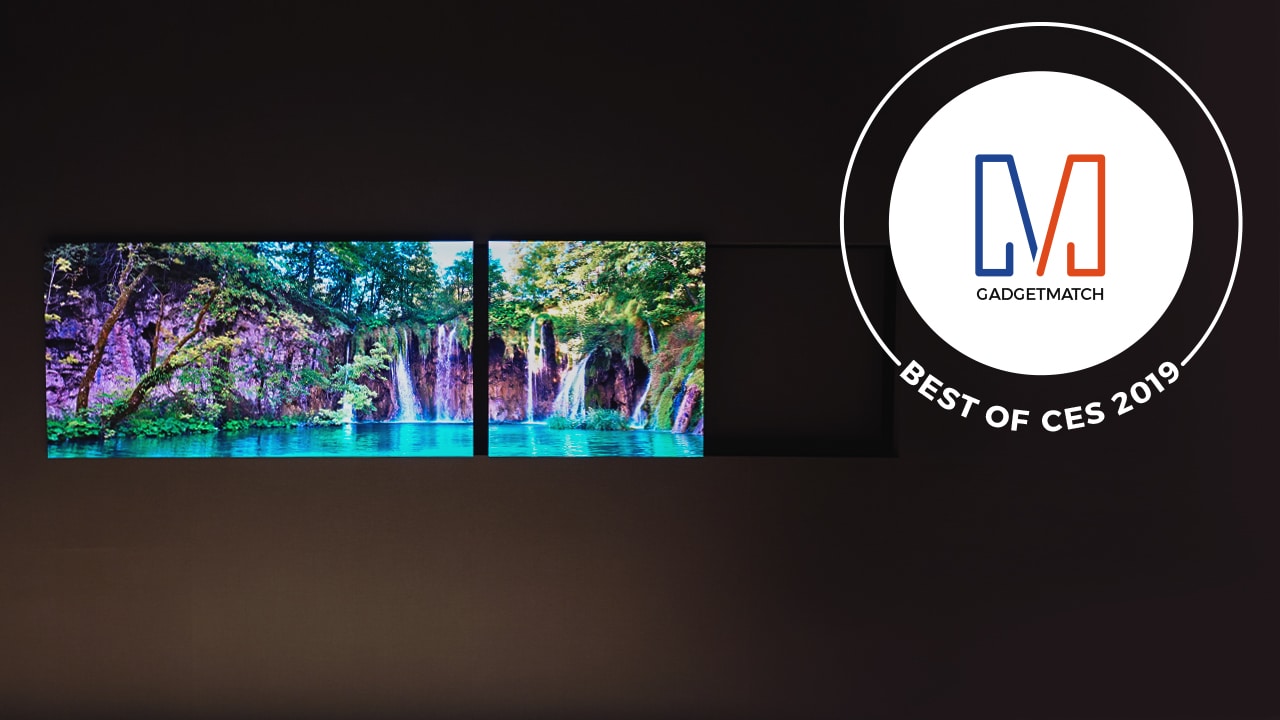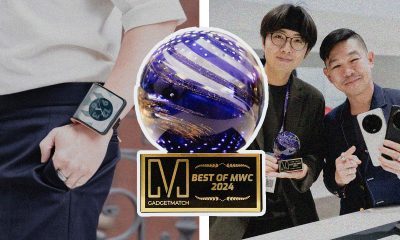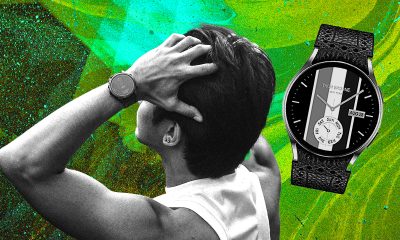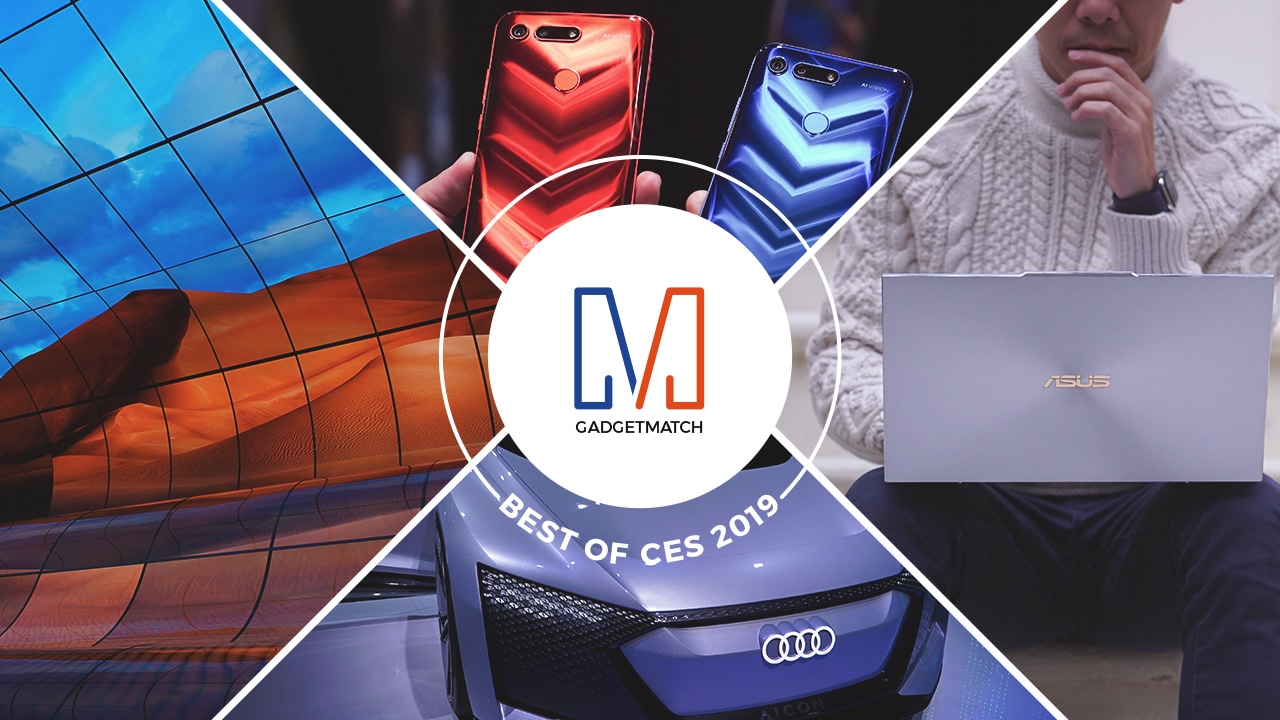

We’ve just witnessed, by far, the best Consumer Electronics Show (CES) in years. Never have we seen this many incredible showstoppers out of the Las Vegas tech convention in recent memory.
To celebrate all that we’ve seen and experienced — and to recognize the best of the best — we’ve rounded up the 15 most significant products and innovations of CES 2019.
Here they are in no particular order.
Best in Show: LG OLED TV R
If money were no object, we’d take home LG’s rollable television, the OLED TV R in a heartbeat. Seeing this flexible, wallpaper-thin television roll in and out of its box is a scene straight from a sci-fi flick, but it’s actually tech you can buy today. And for a show that’s known as the stage for previewing what tomorrow’s tech will look like, it’s quite refreshing that LG’s futuristic TV is not just a concept device. While many flexible displays are either gimmicky or still in the prototype stage, LG has got it all figured out. This ultra high-end TV, while the talk of the town, is also practical. And it’s our choice, hands down, for the best tech of CES 2019.
Best Technology Showcase: LG Massive Curve of Nature
 If you have time to see only one thing at CES 2019, you must check out LG’s “Massive Curve of Nature” exhibit. Made up of 260 curved OLED TVs, this work of art is a testament to LG’s undisputed leadership in the world of display technology. From flowing streams, to floating lanterns, to galaxies that explode into a universe of colors, the two-minute show is spectacular and makes the trip to CES worthwhile.
If you have time to see only one thing at CES 2019, you must check out LG’s “Massive Curve of Nature” exhibit. Made up of 260 curved OLED TVs, this work of art is a testament to LG’s undisputed leadership in the world of display technology. From flowing streams, to floating lanterns, to galaxies that explode into a universe of colors, the two-minute show is spectacular and makes the trip to CES worthwhile.
Best Value for Money TV: HiSense H8F 4K HDR ULED TV
If you’re looking for a great TV that doesn’t break the bank, there’s no better option than the H8F 4K HDR ULED TV from HiSense. Their 50-inch model retails for just under US$ 400 and is an absolute steal. This TV’s got everything we look for in a television but doesn’t bore a hole in the pocket: a bright display with great colors and contrast, Android TV, Google Assistant and Alexa built in, and Dolby Vision support. If Roku is more your thing, get the R8F instead; it’s the same good TV, but running Roku instead of Android.
Best Virtual Assistant Device: Lenovo Smart Tab
For many years Lenovo has constantly pushed boundaries and redefined what tablets can do. This year’s Android-powered offering is no different. The Smart Tab is an important piece of tech that bridges the world of virtual personal assistants and consumer gadgets because of its flexibility. At just under two hundred dollars, users are introduced to the world of virtual assistants and smart displays while also getting a powerful Android tablet and speaker dock.
Best Value for Money Laptop: Huawei MateBook 13
Less than a year after Huawei rocked our world with its impressive MateBook X Pro laptop (one of the best PC laptops of 2018), they’re back with an even more affordable option. The MateBook 13 is a high-end laptop without a high-end price, offering features like a dedicated graphics card, long battery life, fast charging, and a 2K display with slim bezels. What more could you ask for?
Best Laptop Design: ASUS ZenBook S13
ASUS has always prided itself as a company of engineers, but recently, they’ve made major strides in design as well. Its new ZenBook S13 is one great example. This laptop is one of the best-looking PC notebooks we’ve seen in a long time offering a well balanced mix of form and function. From its near borderless display that’s 97 percent all screen, to its innovating ErgoLift hinge that makes typing more comfortable and the laptop cooler, to a new reverse-notch that keeps the front camera in the right place without sacrificing its ultra-slim bezels — design-wise, the ZenBook S13 is a winner from every angle.
Best in Automotive Tech: Audi Aicon
Each year we see many concept cars at CES, including the Audi Aicon which first made an appearance in 2017. On its return visit to CES Audi’s car of the future comes with delivery date, 2021! The Aicon is a level five autonomous vehicle, and can get you to your destination without any human help. Sans any need to drive, passengers can lounge in the car’s luxurious interiors or gaze into the stars through its patterned sky roof. The future hasn’t looked this good.
Best Smartphone: Honor View 20
 While the Honor View 20 doesn’t officially launch outside of China till later this month, Honor gave us a sneak peak at CES. We’ve only used the phone for a few days, but 2019’s first major phone is already setting the stage for what looks to be another exciting year in smartphones. The View 20 is headlined by the largest sensor ever seen on a smartphone camera, 48 megapixels, a 3D sensing time-of-flight camera, and a notch-less, edge-to-edge display except for a small punch hole for the selfie camera. Expected to be priced at just under US$ 450, the Honor View 20, with its top-of-the-line specs sheet and innovative offerings is shaping up to be one of the best value smartphones you can buy today.
While the Honor View 20 doesn’t officially launch outside of China till later this month, Honor gave us a sneak peak at CES. We’ve only used the phone for a few days, but 2019’s first major phone is already setting the stage for what looks to be another exciting year in smartphones. The View 20 is headlined by the largest sensor ever seen on a smartphone camera, 48 megapixels, a 3D sensing time-of-flight camera, and a notch-less, edge-to-edge display except for a small punch hole for the selfie camera. Expected to be priced at just under US$ 450, the Honor View 20, with its top-of-the-line specs sheet and innovative offerings is shaping up to be one of the best value smartphones you can buy today.
Best Creative Tool: Lenovo Yoga A940
Attention to detail is one trait all creatives share and the Lenovo Yoga A940 is a device engineered to make meticulous, creative work more efficient, without breaking the bank. The combination of a rotating hinge that tilts the 27-inch 4K display up to 25 degrees and the Precision Dial that lets users tweak settings make inputs from the bundled pen more precise.
Best Gaming Laptop: Alienware Area-51m
Alienware’s Area-51m gaming laptop is so powerful, it’s out of this world. Not only does it have the best specs you could find on any mobile gamer-centric machine to date, it’s also upgradeable like a desktop PC — from its CPU and GPU, to RAM and storage. No gaming laptop at CES 2019 comes close to the awesomeness the Area-51m offers.
Best Innovation in Gaming: ASUS ROG Mothership
Breaking barriers of innovation sometimes entails creating a whole new form factor that allows you to deliver everything you want. Case in point, the ROG Mothership from ASUS is unlike anything we’ve seen before. It’s neither laptop nor desktop PC, but has the advantages of both. Yes, it’s portable enough to carry around, yet has the high-end specs of a gaming desktop — Core i9 CPU, RTX 2080 GPU, 144Hz refresh rate, and more — and wireless keyboard to boot!
Best Display Solution: Samsung’s 75-inch MicroLED 4K TV (Modular TV)
In a feat that could’ve only been imagined a year ago, Samsung was able to pull off a modular TV design that looks as great as it is functional. The new MicroLED TV reimagines the whole TV experience with modular pieces and screens you can cater to every space and user need. Samsung shows us the future and it’s filled with moving parts and MicroLED screens.
Best Wearable for Kids: Dyno Smartwatch by Coolpad
The Dyno Smartwatch is a wearable that both kids and parents will love. This is what happens when a company fully understands the market they’re entering: A device that’s well thought-out with features catered to a user’s every need. The Dyno Smartwatch considers the special demographic the watch appeals to and ensures not only a fun experience for kids, but also peace of mind for every parent.
Best Innovation for Beauty and Wellness: L’Oréal My Skin Track pH
An innovation that will revolutionize skin care, L’Oréal’s My Skin Track pH is a small but impactful device. The concept is simple and the solution has been engineered by L’Oréal to be effective and affordable. My Skin Track pH is a wearable sticker that measures skin pH and diagnoses skin health. It’s the brilliant answer to a lot of questions we have regarding our skin.
Best Lifestyle Product: Adero Intelligent Organization System
Adero is something we all need in our lives. This organization system is an amazingly simple and effective way to make sure you never leave anything at home. It turns your bag into a smart bag with tags that will track all your essentials. With one look at your phone, you’ll know if you’ve left something important behind. Pretty soon, we’ll all be wondering how we ever survived life without Adero!

Automotive
Audi’s Holoride is a VR experience like no other
Back seat car rides will never be the same again
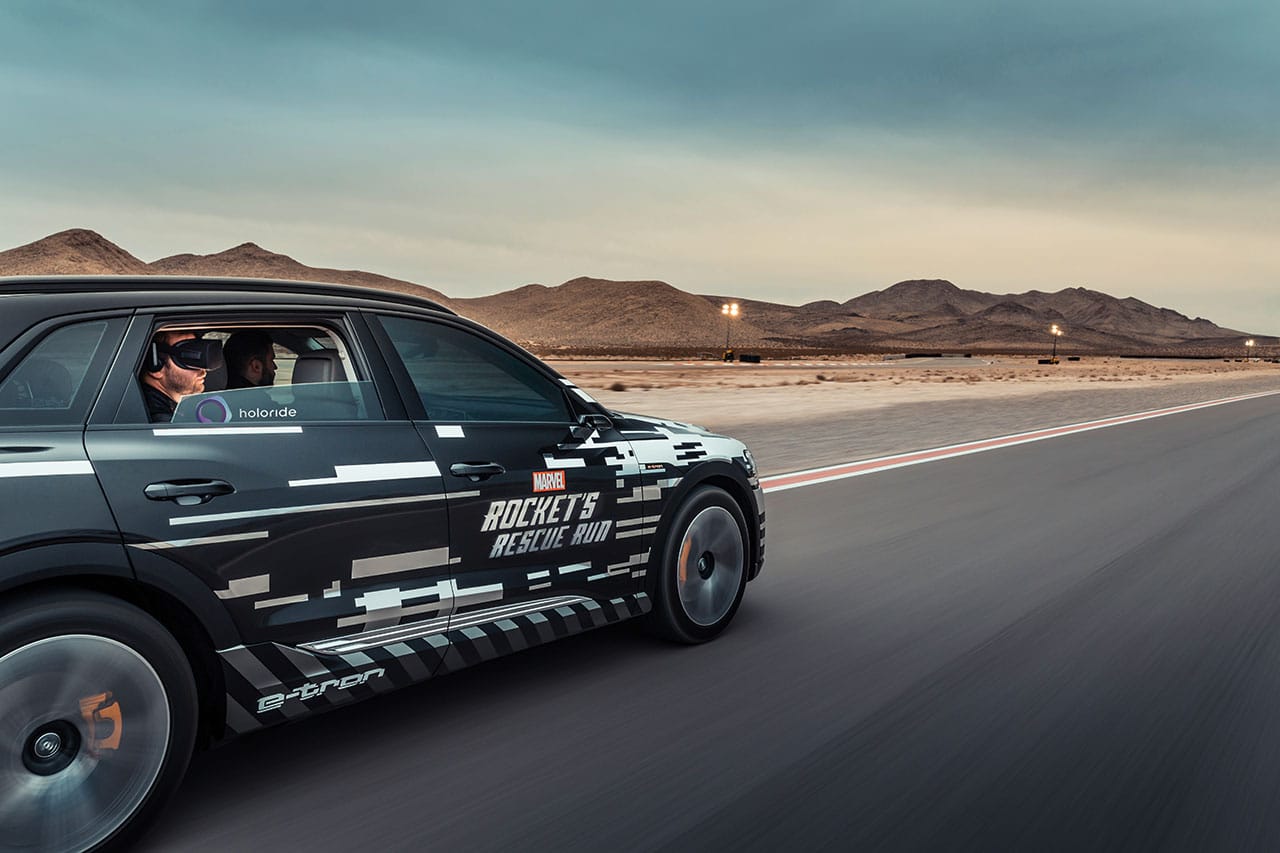
It had been a long day, but I could still barely contain my excitement as a fancy car whizzed me down the interstate to a race track on the outskirts of Las Vegas, one chilly evening before the start of the 2019 Consumer Electronics Show.
While the in-seat back massage made me wish the ride was longer, I also couldn’t wait to get there. Tonight would be my first time in an e-Tron, Audi’s new fully electric SUV, and my first taste of what Audi calls the future of mobility, one with entertainment content at its center.
It’s an interesting proposition, one I’m more than willing to chew on. With self-driving vehicles on the horizon, tonight, instead of getting behind the wheel, I take a back seat, put on a VR headset, and trade my current reality for one that promises to be more exhilarating.
Called “Rocket’s Rescue Run,” it’s the first title in a collaboration between Marvel and Disney and Audi’s new spin off venture Holoride, that aims to make VR entertainment a mainstay in cars of the future.
As the e-tron’s driver steps on the accelerator, in my alternate universe my ship surges through space. I’m joined by my sidekick Rocket Raccoon, and together we team up to help Iron Man take down a mob of Thanos’ space goons.
 I’ve had many VR experiences before, but none like this. As soon as the SUV pulls away, the whole experience makes perfect sense. Every twist, every sharp turn, every bit of acceleration or sudden brake is matched by the same sensation in the game. For the entire 5-minute ride, my body is tricked into believing this reality. Not an easy feat for an utterly nitpicky tech journalist, I can only begin to imagine how big of a technical challenge it was to pull off.
I’ve had many VR experiences before, but none like this. As soon as the SUV pulls away, the whole experience makes perfect sense. Every twist, every sharp turn, every bit of acceleration or sudden brake is matched by the same sensation in the game. For the entire 5-minute ride, my body is tricked into believing this reality. Not an easy feat for an utterly nitpicky tech journalist, I can only begin to imagine how big of a technical challenge it was to pull off.
I wield my laser gun like a pro, take down an evil mothership, and celebrate our victory with fireworks. The experience ends, and the e-tron stops. Reluctantly, I take off my headset. It feels like I’ve just been on a theme park ride, but from the privacy of my own car — well, not really, but I wish — and without standing in an hour-long line. I was pleasantly surprised to find out that during my adventure the e-tron reached speeds of up to 90mph. We’ve navigated plenty of sharp turns, too, but I don’t feel so woozy.
 Supposedly matching the car’s movements to the virtual reality experience helps in mitigating nausea. As I get out, I thank my driver, but also can’t help but imagine a world that’s driver-optional.
Supposedly matching the car’s movements to the virtual reality experience helps in mitigating nausea. As I get out, I thank my driver, but also can’t help but imagine a world that’s driver-optional.
At CES, we saw Audi’s vision of the future, a concept car called the Aicon, with an interior that resembles more of a lounge than a current automobile. As with Holoride, the development of Aicon represents a shift in the idea of mobility, one that’s ushered in by a focus on passengers instead of drivers. Together, Aicon and Holoride make perfect sense in a future world of fully autonomous vehicles. If no one is driving, what else are we to do?
Anything you want to, apparently. Cars are now seen as multi-purpose spaces, just another room that we occupy as we travel from place to place: be it a relaxation pod, a meeting room, or your own private cinema.
The team behind Holoride is most invested in the latter, creating entertainment experiences that are just long enough to fill the entire duration of your trip. They’re calling it “elastic content,” VR games and adventures that automatically adjust to congestion and shortcuts, so that you’re never left without something to occupy you.
“Together, Aicon and Holoride make perfect sense in a future world of fully autonomous vehicles.”
Soon, Holoride plans to open its technology to more car manufacturers, content creators, and game developers. The goal is for a wide range of immersive experiences, customized to events in the real world like traffic jams or stop lights, and for those experiences to be available in more car brands. Apart from games, like the one I played, the company is also planning movies, interactive features, and educational tours. Indeed, the type of content you could enjoy is limited only by the imagination.
A few minutes later, I find myself getting another back massage inside another chauffeured Audi A8, making our way back into downtown Las Vegas. These days, when I do travel by car, the experience is similar to this, albeit less fancy. I’m bored, maybe antsy or impatient, in the back seat, with only my phone and social media to distract me. I hadn’t given it much thought till today, but in a world where one constantly thirsts for something to capture one’s attention, I can certainly see how “content will be a major driving force for the mobility experience of the future.”
The day is almost over and I am exhausted. I recline my chair, close my eyes, and enjoy the back massage for a few minutes more. I dream I am back in the e-tron, and wonder when this future will arrive, what it would be like if the next Avengers movie was interactive, and most importantly, what it would be like to watch it from the back seat of a fully autonomous Audi.
-

 Accessories2 weeks ago
Accessories2 weeks agoApple Vision Pro Review: Two Months Later
-

 Features5 days ago
Features5 days agoFortify your home office or business setup with these devices
-

 Gaming1 week ago
Gaming1 week agoThe Rogue Prince of Persia looks like an ultra-colorful roguelite
-

 Events1 week ago
Events1 week agoStellar Blade: PlayStation taps cosplayers to play Eve for game’s launch
-

 Gaming1 week ago
Gaming1 week agoStar Wars Outlaws release date revealed
-

 Accessories1 week ago
Accessories1 week agoLogitech unveils G Pro X 60 gaming keyboard: Price, details
-

 Philippines2 weeks ago
Philippines2 weeks agovivo Y100 to release in Philippines on April 27
-

 Deals2 weeks ago
Deals2 weeks agoSamsung Awesome April: Deals on Galaxy A series



